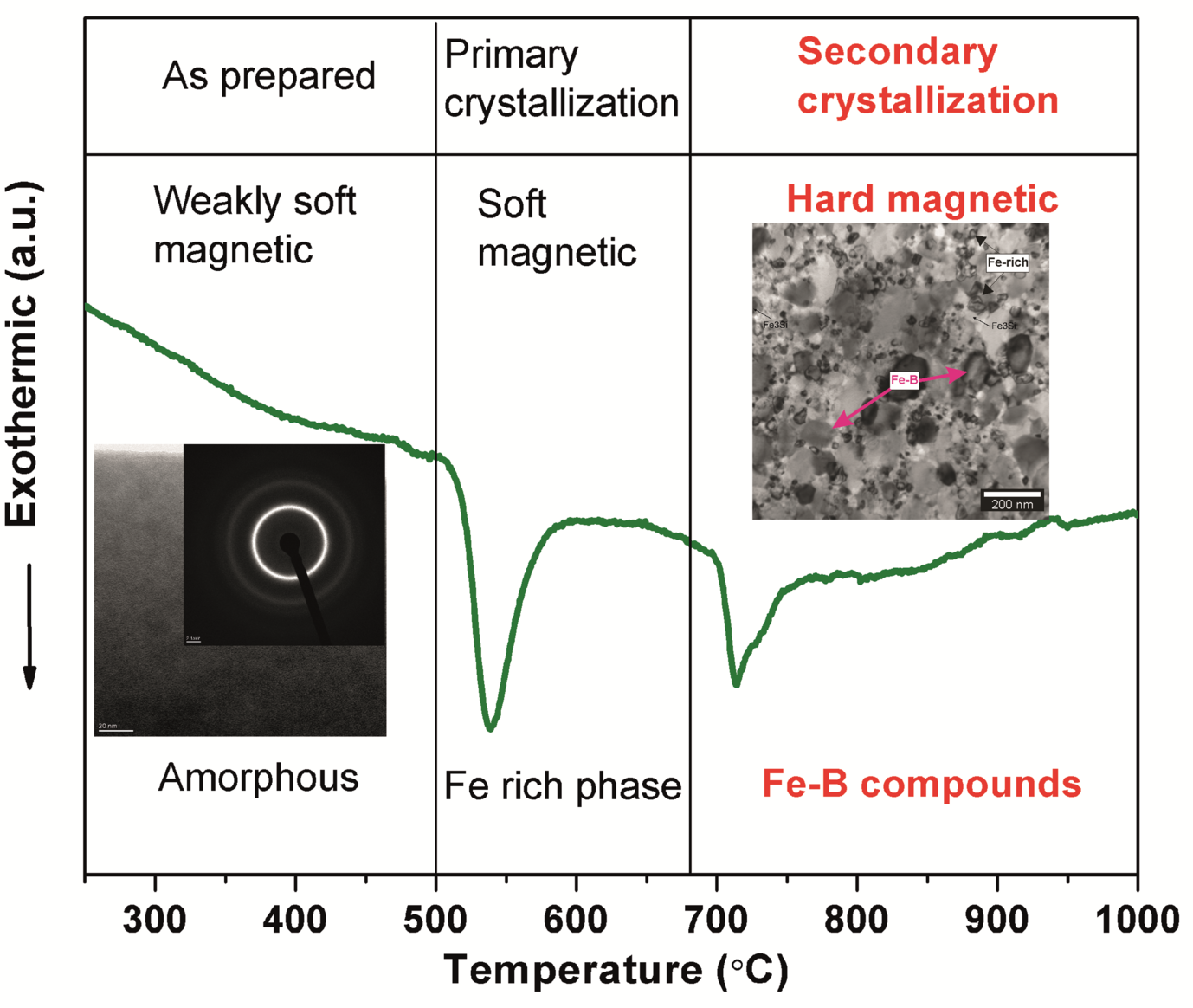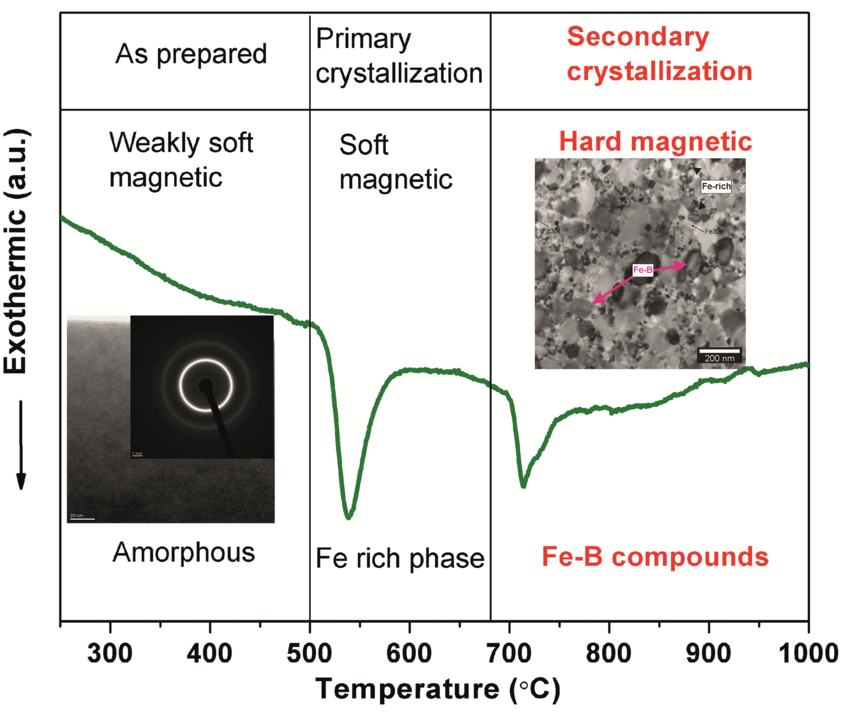Max Planck Partner Group “Combinatorial design of novel rare-earth free, high-entropy based permanent magnets”
P. Gokuldoss 1, D. Raabe 2
1 Indian Institute of Technology Madras
2 Department of Circular Metallurgy and Alloy Design (MA)
Magnetic materials are used to manufacture essential parts of any electrical motor, generator and transformer, finding application in a wide-range from power plants, house hold appliances to automobiles, industrial and commercial sectors. Most of these electrical machines require high performance permanent magnets that can deliver the necessary power. Currently, only rare-earth based permanent magnets are used for such applications, as the rare-earth elements provide the required features for permanent magnetic response, namely, uniaxial magnetic anisotropy. Hence, intense research has been devoted to developing highly-efficient permanent magnets that are either rare-earth free or require only minor additions in order to reduce the cost without compromising energy efficiency.
Development of new rare-earth free permanent magnets has not been so successful till now considering that the phases that can exhibit uniaxial magnetic anisotropy together with high coercivity are difficult to be identified. Most often these phases are located in the compositional centre of phase diagrams within a limited composition range and are stable only in small temperature intervals. Hence, to identify new phases that can suitably be developed into novel high-performance permanent magnets requires a combinatorial approach to alloy design where extensive composition ranges can be screened experimentally within a short time frame and with limited materials expenditure.
This newly launched project thus combinatorially explores multi-component systems based on the concept of high entropy alloys (HEAs). This concept enables experimentally probing compositions that are multi-component in nature and are also located in the middle of phase diagrams. By employing multiple methods of combinatorial screening such as rapid alloy prototyping, combinatorial thin film deposition, reaction sintering, both equilibrium and non-equilibrium phases can be found and identified for their crystal structures and their magnetic properties as a function of composition.

